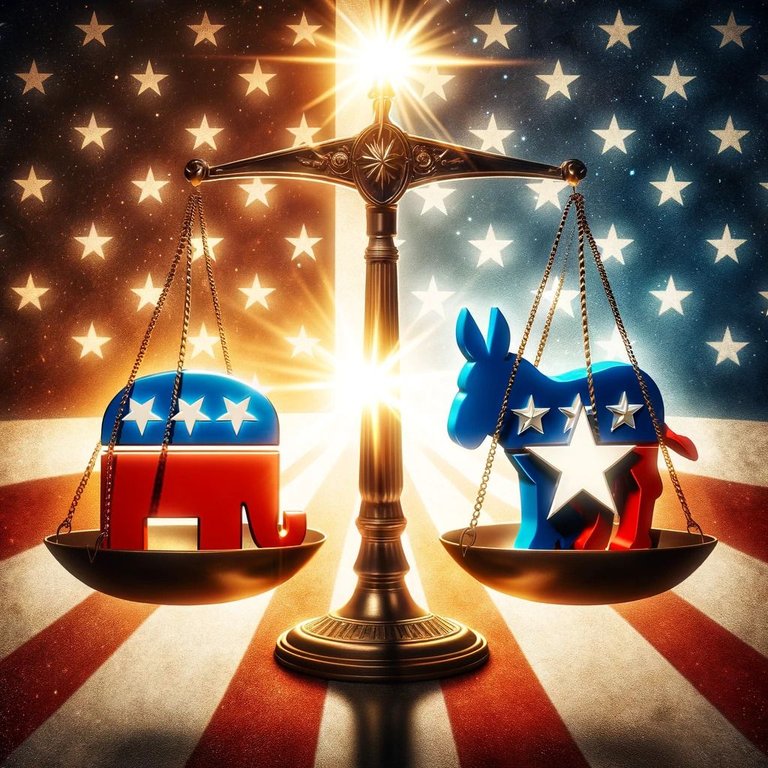
In the ever-evolving landscape of American politics, the conversation around third-party candidacies has taken center stage, especially with the looming question of their potential to act as "spoilers" in presidential elections. The discussion, enriched by insights from political figures and analysts, delves into the strategic calculations and electoral implications of introducing a top-tier third-party ticket into the race. This analysis seeks to unpack the complexities and challenges associated with third-party bids, the data-driven viability of such endeavors, and the broader implications for the political ecosystem.
The perennial debate surrounding third-party candidacies hinges on the concern that they might siphon votes from major party candidates, thereby altering the outcome of elections. This is a scenario that has historically sparked contentious discussions, with references to past elections where third-party candidates were perceived to have influenced the electoral results. The fear of inadvertently benefiting one major party over the other has often discouraged potential third-party bids, despite growing public disillusionment with the binary political landscape.
However, a fresh perspective suggests that a carefully curated third-party ticket, backed by substantial polling data, could defy conventional wisdom by not acting as a mere spoiler but as a legitimate contender for victory. This bold assertion is based on the premise that a third-party candidacy, equipped with a compelling platform and strategic electoral insights, could attract a broad spectrum of voters dissatisfied with the traditional choices. The argument is supported by data indicating that such a candidacy could draw support equally from both sides of the political aisle, thus mitigating the spoiler effect and positioning itself as a viable alternative.
The electoral system in the United States, with its unique allocation of Electoral College votes, further complicates the dynamics of third-party candidacies. The winner-take-all approach in most states creates a high barrier for third-party bids, necessitating a nuanced understanding of electoral strategies to navigate this challenging terrain. The conversation extends to the tactical considerations of competing in a political environment where the majority is not always required to secure a state's electoral votes, presenting both opportunities and obstacles for third-party endeavors.
Amidst these discussions, the conversation also touches on the broader implications of a third-party bid for the political status quo. Questions about the age and vitality of current political leaders, the impact of legal challenges on electoral prospects, and the intense scrutiny of candidates' competencies underscore the complex interplay of factors that shape the political landscape. These reflections highlight the critical need for strategic foresight, robust data analysis, and an in-depth understanding of the electorate's sentiments to mount a successful third-party campaign.
In conclusion, the discourse surrounding third-party candidacies in the American political arena underscores the evolving nature of electoral politics and the quest for alternatives that resonate with a diverse electorate. As the political landscape continues to shift, the conversation about third-party bids remains a pivotal aspect of the broader dialogue on democracy, representation, and the future of the electoral process in the United States.